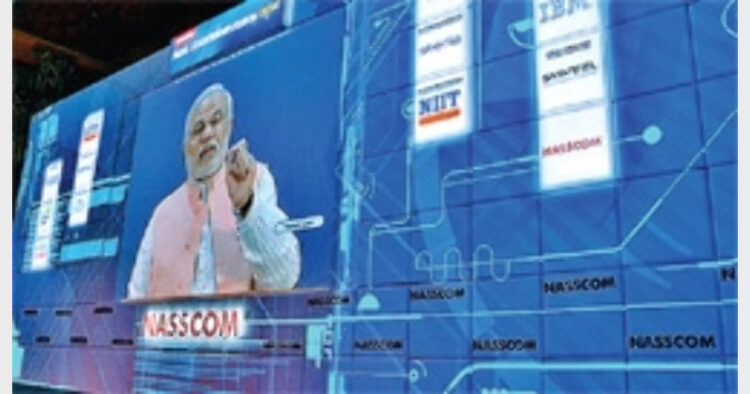Intro: It is only through a process of cooperation between the government and the private sector that the dream of “Digital India” can be a reality.
The Narendra Modi government has made e-Governance one of its focus areas, with the central government approving the ambitious 'Digital India' programme. Under this plan, the government has set a target of providing broadband connectivity to 2.5 lakh villages (India has about 6.41 lakh villages, according to the 2011 Census) and making as many schools WiFi enabled by 2019. Digital India will be the umbrella programme for the government's initiatives in the area and will entail an expenditure of Rs 1.13 lakh crore in existing and new plans.
Today there are about 252 million Internet users in India, a fourth of these reside in the rural areas. However, the Internet penetration in villages is 8.6 per cent compared to 37.4 per cent in cities. Currently we define broadband as a connection with a minimum download speed of 512 kilo bytes per second (kbps). India’s broadband penetration is a lowly 2 per cent. According to a World Bank report, a 10 per cent increase in a nation’s broadband connections leads to a 1.38 per cent rise in its gross domestic product.
The only way the government can develop the ‘Digital India” programme is by riding on the work already done by the private sector. It has been estimated that India has close to 3 million Information Technology workers in the private sector, but in government there less than 10,000 Information Technology workers. Even on the issue of human talent in Information Technology space, the private sector is far-far ahead of the government. It is no-brainer that only the private sector has the capability to supply the human talent that can turn various e-Governance ideas into reality.
The major challenge before the Narendra Modi government is to get the Information Technologies companies to participate enthusiastically in the nation’s e-Governance projects. The problem is that the experience of working for the government’s Information Technology projects has not been that fruitful for the private sector. There have been instances where the companies have faced problems due to payments getting delayed endlessly. At times there is confusion about what is the final outcome that is expected from the e-Governance project.
Perhaps it is true that while the government has a good system for prescribing specifications for buying hardware, it is yet to develop the system for buying service. When you are buying hardware, you can clearly specify that you want but when you are trying to buy a service, you are essentially talking about something that does not exist today. Majority of e-Governance projects are essentially ideas that are being developed for the first time. No one, not the private sector, nor the government, is capable of having a clear view of how the final version of the e-Governance project will look like.
It is time for the government to understand that buying e-Governance solutions is not the same as buying hardware. It is possible that while the project is still under development, some new information may come in, one that is so critical that it becomes imperative to change the nature the project. This might lead to escalation in the cost of the project. The private sector company cannot be blamed for this escalation in budget.
Rather than the private sector taking all the risks, the e-Governance projects should be seen as a partnership. Both the private sector and the government should share the risks and be ready for lot of give and take while the project is being executed. -Shail Verma














Comments